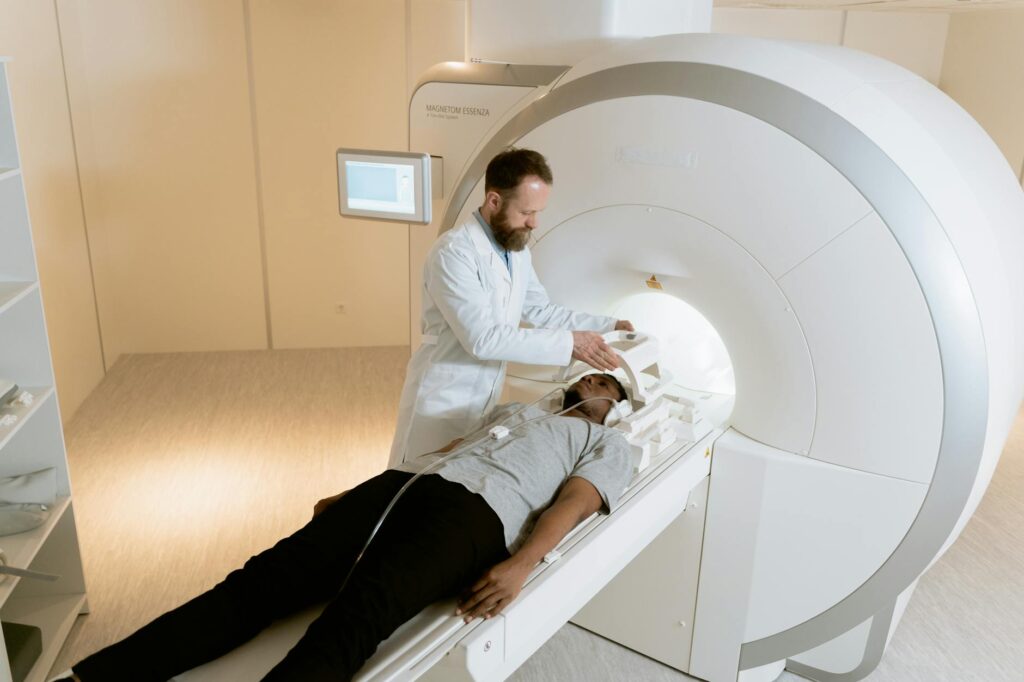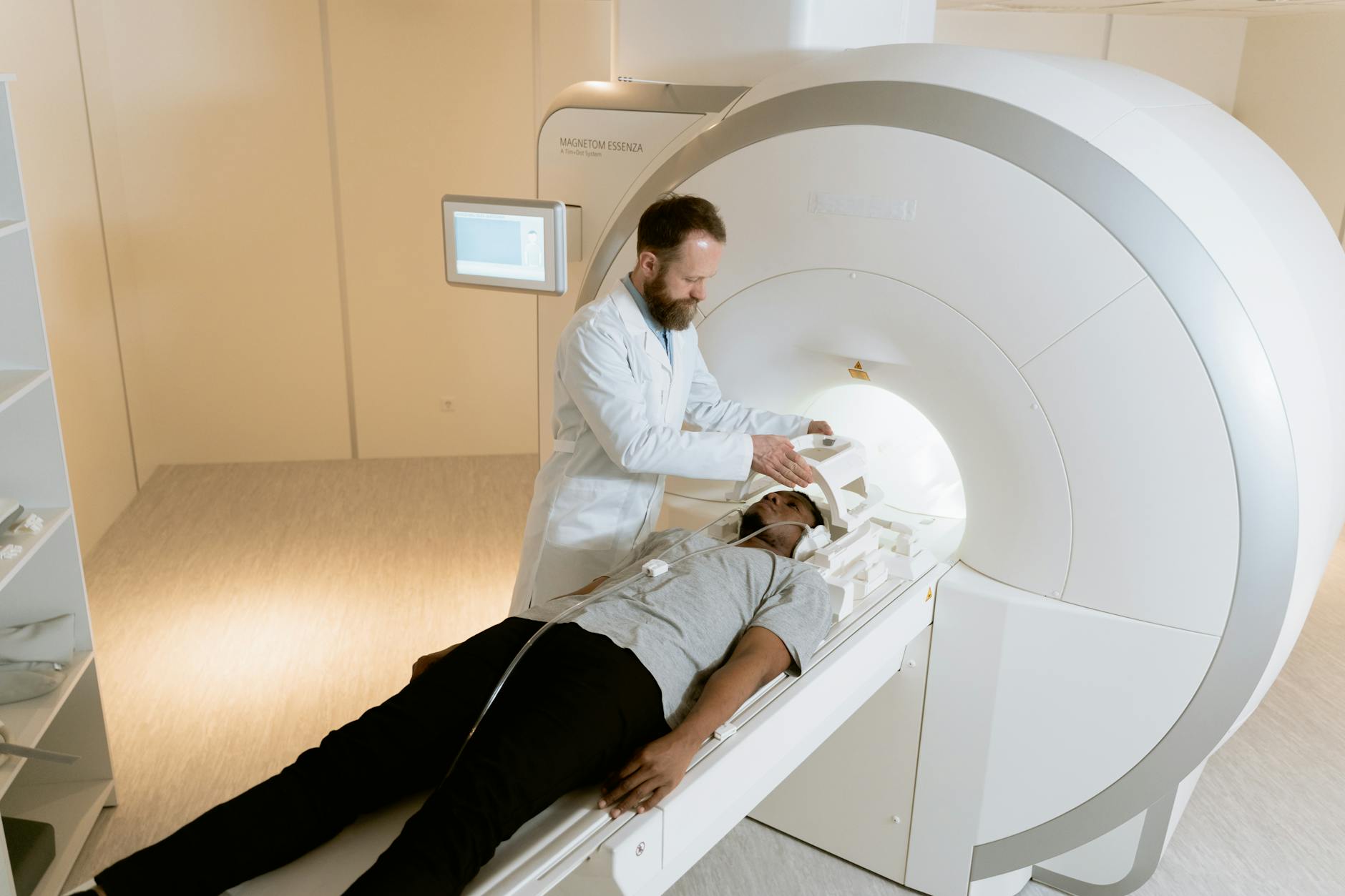What is distractibility assessment?

What is distractibility assessment?
In our fast-paced world, where notifications and distractions are just a click away, understanding how well we can focus is more crucial than ever. This is where distractibility assessment comes into play. This process evaluates how easily one’s attention can be pulled away from tasks, offering insights into personal productivity and efficiency. By identifying areas of distraction, individuals can implement strategies to boost their focus and overall performance.
Understanding Distractibility Assessment
To truly grasp distractibility assessment, let’s break it down into its core components.
Definition of Distractibility Assessment
Distractibility assessment is a systematic approach to evaluate how easily a person’s attention can be diverted from a task. It involves measuring factors that contribute to attention lapses and the ability to maintain focus over time. This assessment can provide invaluable insights into cognitive functioning, helping individuals understand their unique attention patterns.
Importance of Assessing Distractibility
Why should you care about assessing your distractibility? For many, the ability to focus is directly tied to productivity. By understanding how distraction affects you, you can put into practice methods to manage your time and energy more effectively. This is especially important for students and professionals alike, as heightened awareness of distractibility can lead to improved performance and better outcomes. Moreover, identifying distractibility can also highlight areas where one might benefit from additional support or intervention, especially if it’s linked to conditions like ADHD.
Methods of Distractibility Assessment
There are various approaches for evaluating distractibility, ranging from formal assessments to informal self-assessments.
Formal Assessment Tools
Several standardized tools exist to provide a thorough evaluation of distractibility. These include:
- Questionnaires: Tools like the Adult ADHD Self-Report Scale (ASRS) help users identify symptoms of inattention and hyperactivity, offering a structured way to assess attention difficulties.
- Psychological Tests: Tests such as the Continuous Performance Test (CPT) measure sustained attention and the ability to resist distractions over time. These assessments can be administered by professionals and help in diagnosing attention-related disorders.
These tools often provide a clearer picture of an individual’s cognitive landscape, allowing for targeted interventions.
Self-Assessment Techniques
On the other hand, individuals can also engage in self-reflective practices to gauge their distractibility. Here are a few strategies:
- Journal Tracking: Keeping a daily journal of tasks and noting when distractions occur can uncover patterns in attention and focus.
- Mindfulness Practices: Techniques like meditation can enhance self-awareness, helping individuals recognize when their minds wander.
By combining formal assessments with self-reflection, you can gain comprehensive insights into your attentional strengths and weaknesses.
Applications of Distractibility Assessment
Understanding distractibility isn’t just about identifying problems; it has practical applications across various contexts.
In Personal Development
For those looking to improve personal productivity, a distractibility assessment can reveal insights that lead to better time management. Recognizing what pulls your attention can empower you to create strategies that minimize distractions, ultimately increasing efficiency in daily tasks.
In Educational Settings
Students can greatly benefit from understanding their distractibility. By assessing attention levels, educators can tailor study habits and environments to enhance focus. For instance, creating a quieter study space or employing techniques to break tasks into smaller, manageable segments can significantly improve learning outcomes.
In Workplace Productivity
Businesses are increasingly recognizing the value of distractibility assessments. By evaluating employee attention patterns, companies can implement changes that foster a more productive work environment. This could mean adjusting workspace layouts or promoting practices like scheduled focus time that allows employees to work without interruptions.
Strategies to Mitigate Distractibility
Once you’ve assessed your distractibility, applying strategies to improve focus becomes essential.
Environmental Adjustments
Optimizing your workspace is a straightforward way to minimize distractions. Here are some effective changes:
- Declutter your space: A tidy environment can lead to a clearer mind.
- Limit digital distractions: Turn off non-essential notifications on your devices to maintain concentration.
Techniques for Enhancing Focus
In addition to environmental changes, various techniques can help sharpen your focus:
- The Pomodoro Technique: This method encourages breaking work into intervals, separated by short breaks. For example, work for 25 minutes, then take a 5-minute break. This structure can enhance focus and reduce burnout.
- Mindfulness Practices: Engaging in mindfulness meditation can enhance your ability to concentrate over time, leading to improved attention spans.

Photo by MART PRODUCTION
Conclusion
In conclusion, conducting a distractibility assessment can be a transformative step toward improving your productivity and focus. By recognizing how distractions affect your performance, you can implement actionable strategies that elevate your efficiency in both personal and professional settings. Whether you choose formal assessments or self-reflective practices, taking the time to understand your attention patterns can lead to significant improvements in your daily life. So why not start evaluating your distractibility today? The benefits could be well worth the effort.